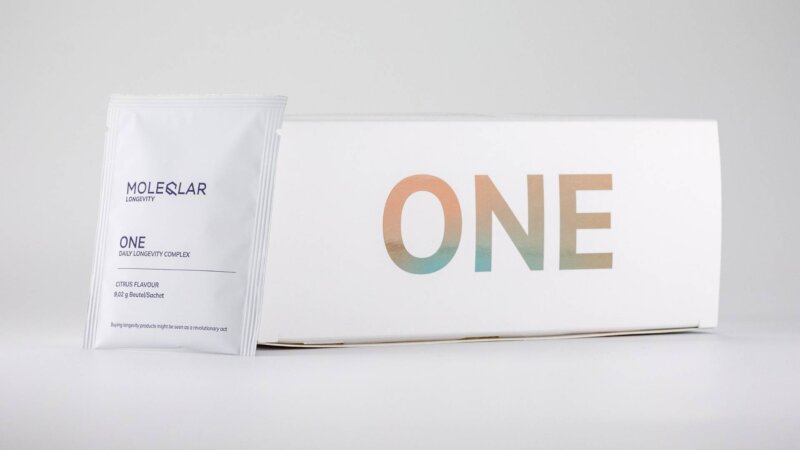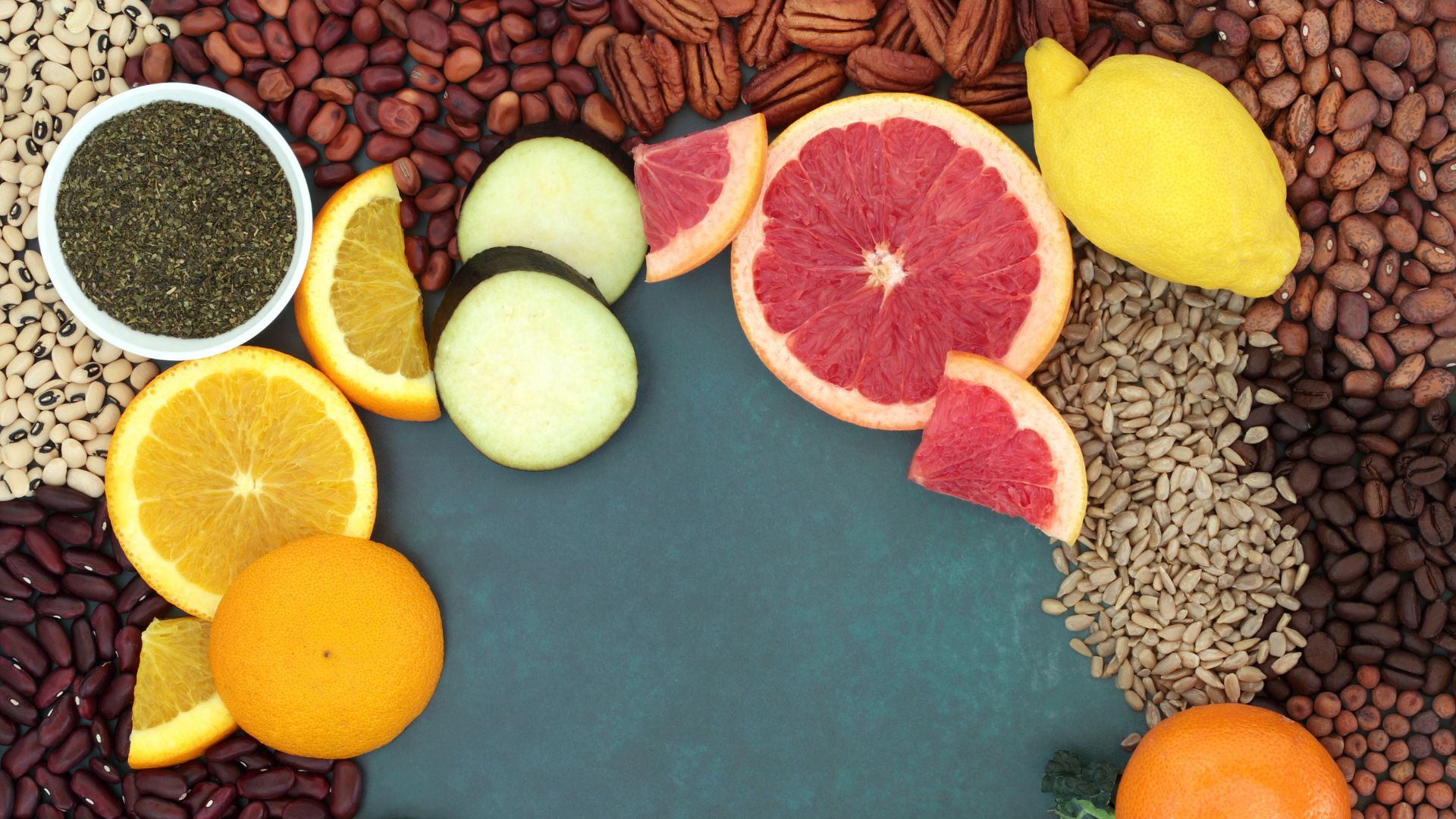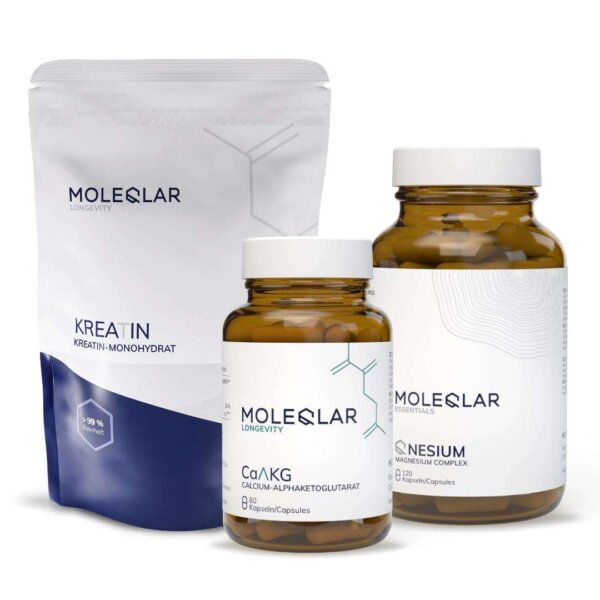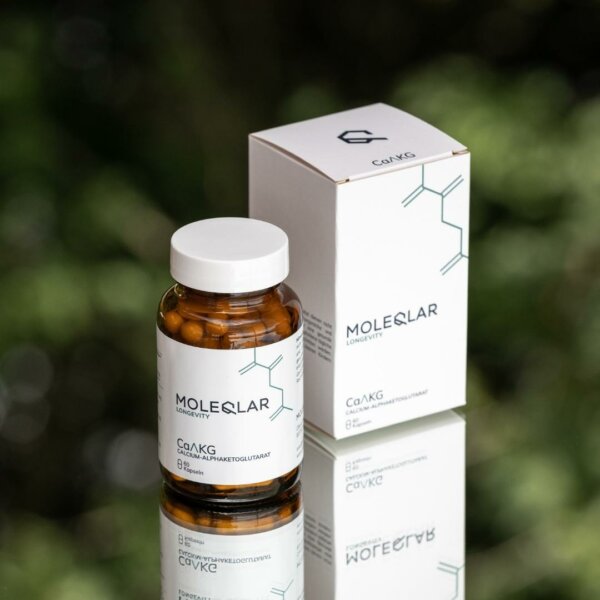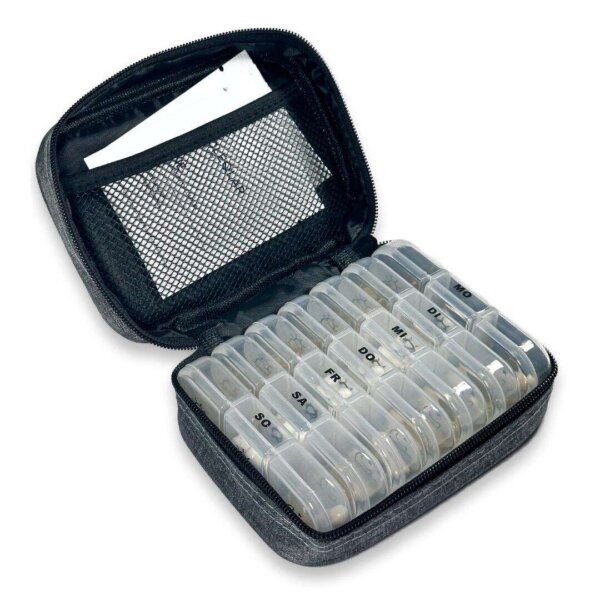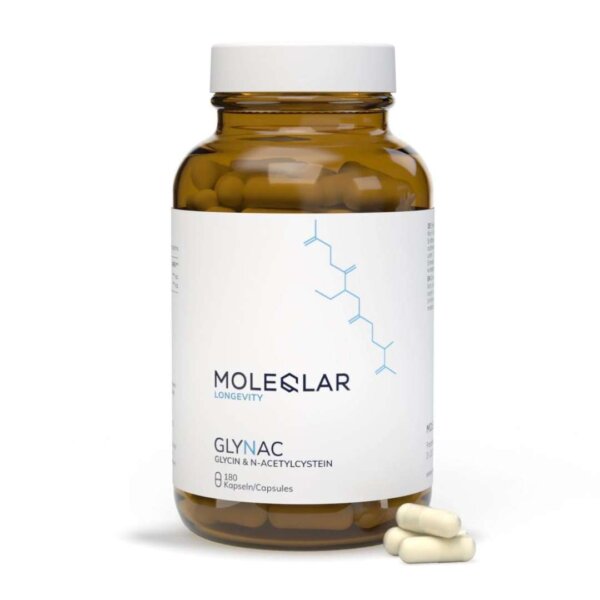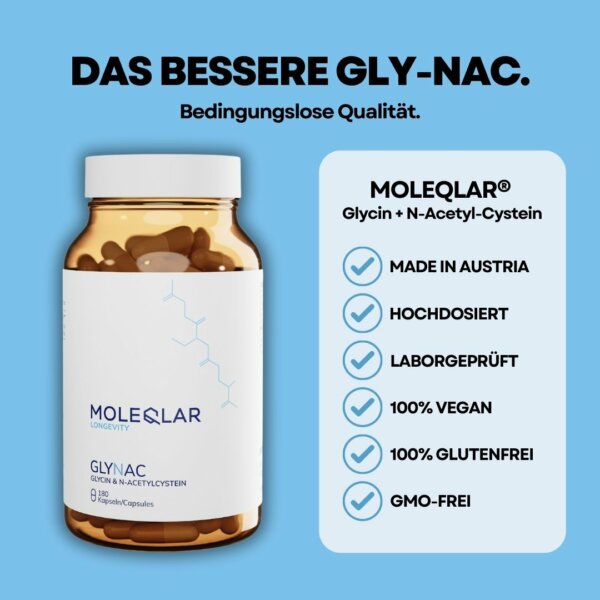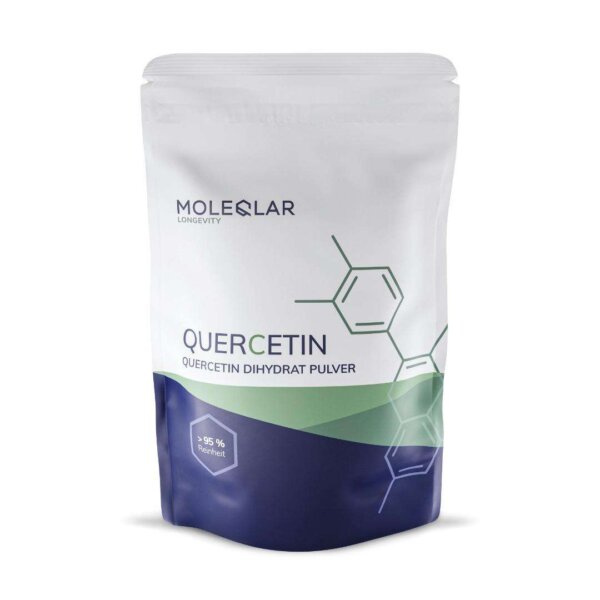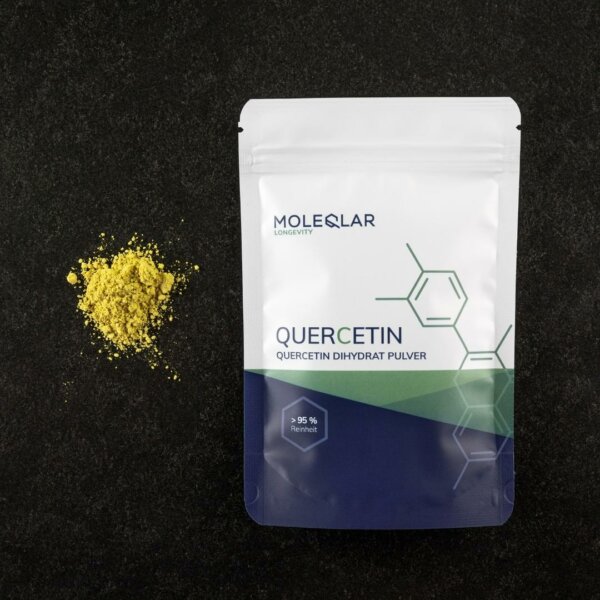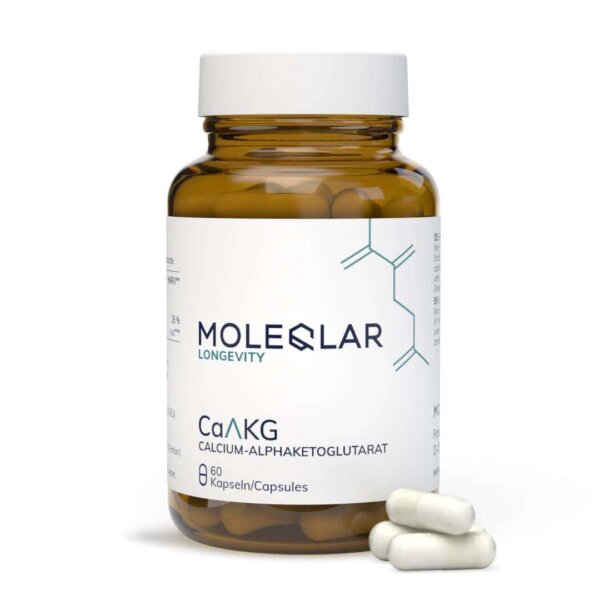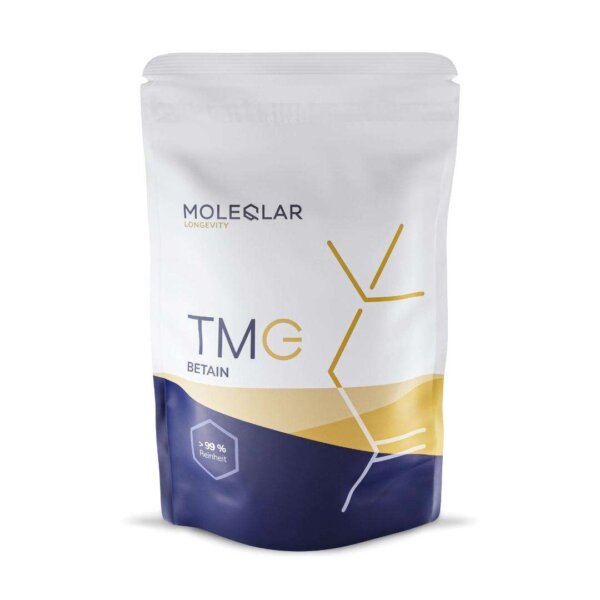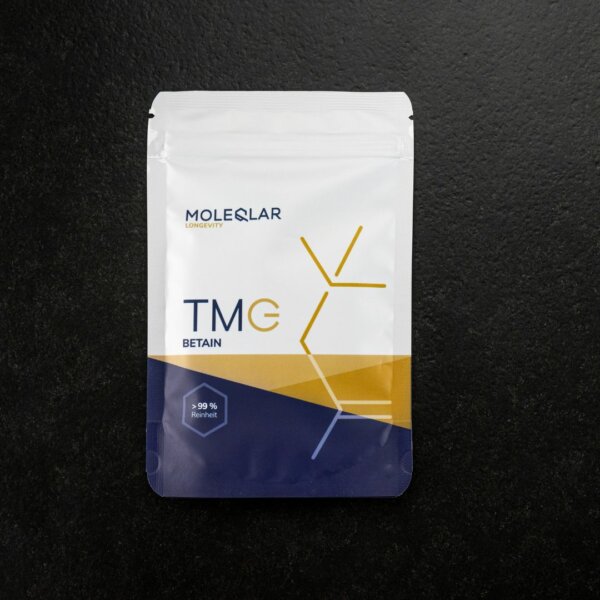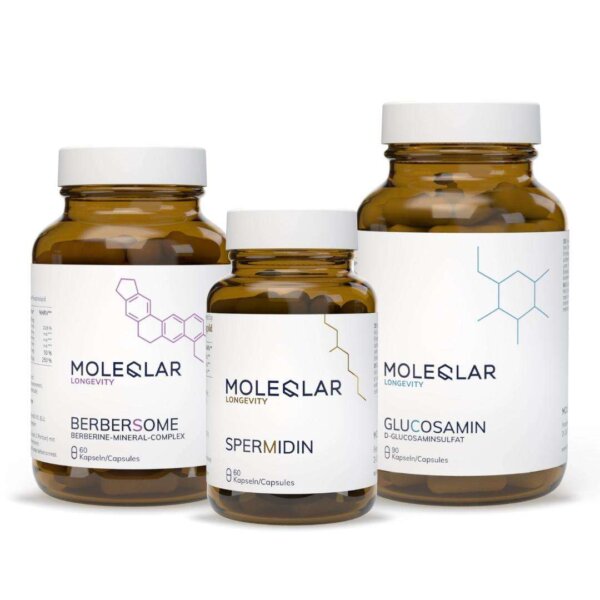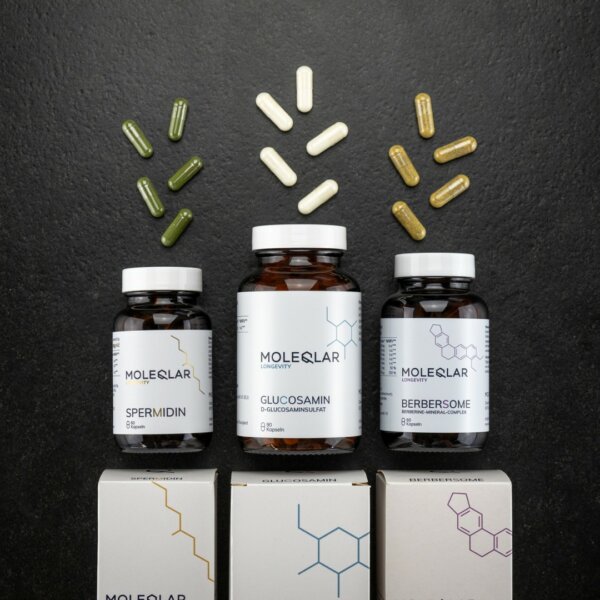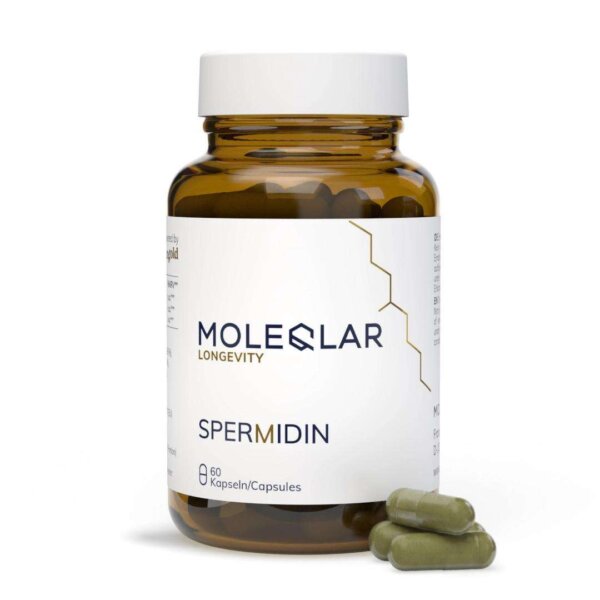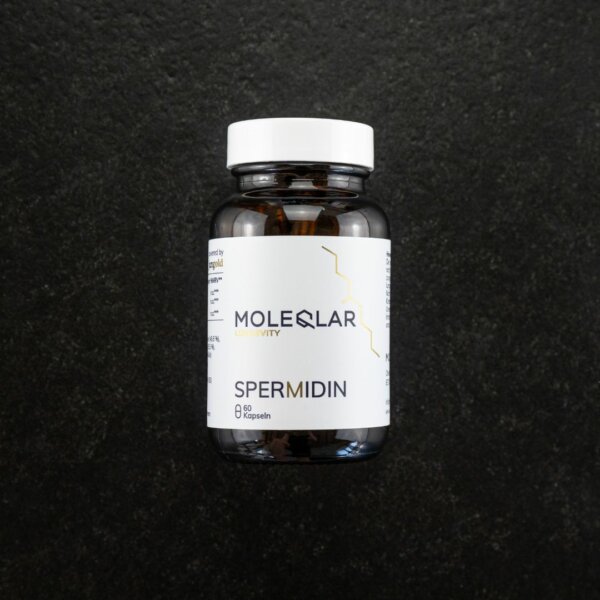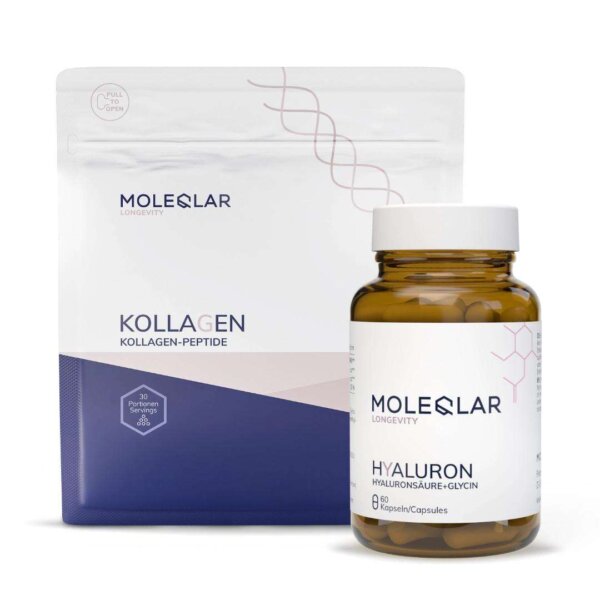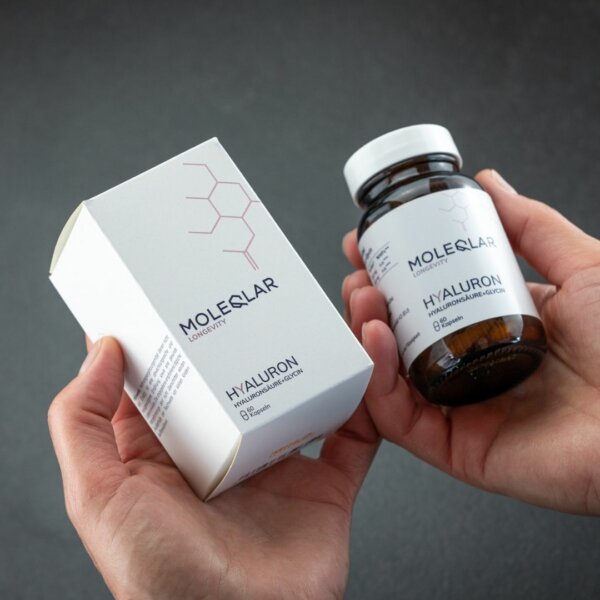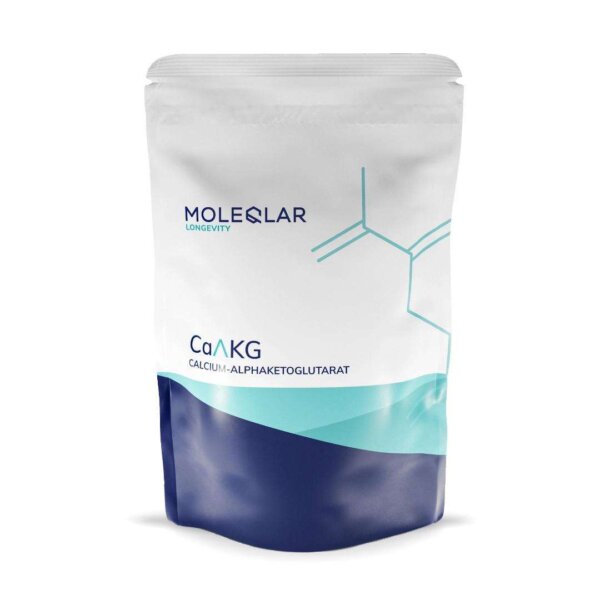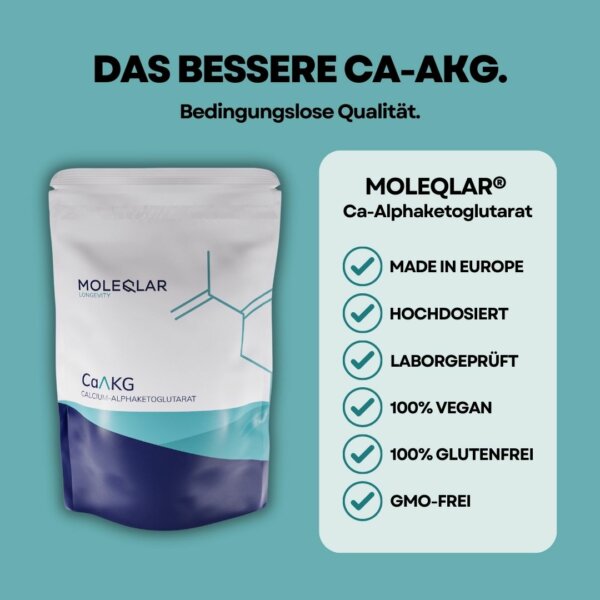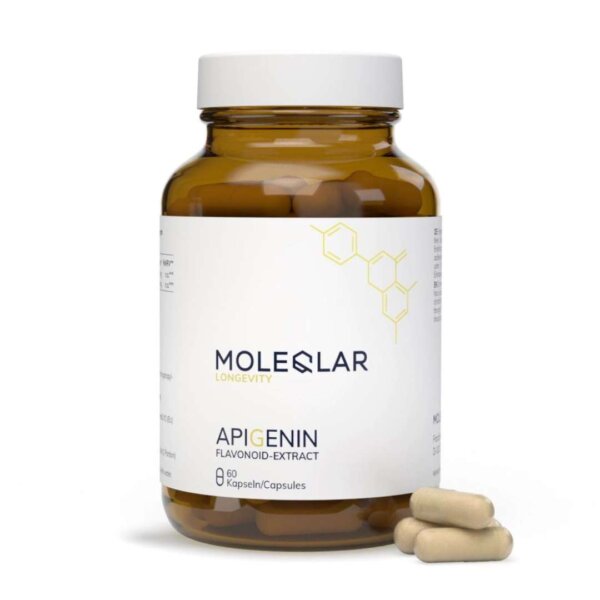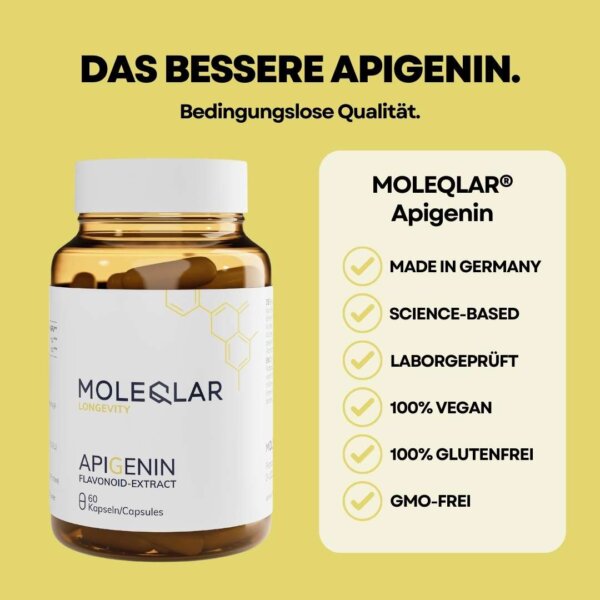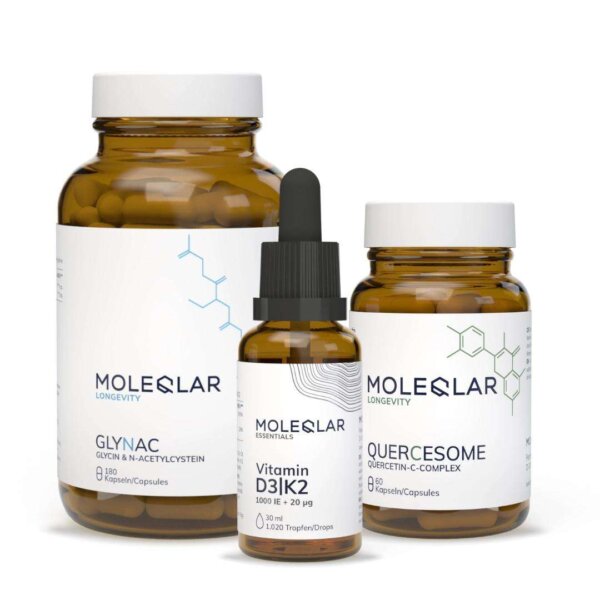What are polyphenols?
Polyphenols are a category of chemical substances that occur naturally in plants. There are more than 500 unique polyphenols, also known as "phytochemicals". These compounds have antioxidant properties and contribute to the bright colors of many fruits and vegetables.
Chemically, polyphenols have a structure comprising several phenolic units. A phenolic unit consists of a benzene ring and a hydroxyl group. The specific arrangement and number of these phenolic units leads to different classes of polyphenols.
The role of polyphenols in plants
Polyphenols play a crucial role in the growth and well-being of plants. These compounds are involved in various plant functions, including protection against ultraviolet radiation, defense against pests and contribution to the color of the plant.
- Protection from ultraviolet radiation: Plants, like humans, are susceptible to damage from excessive UV radiation. Polyphenols, especially flavonoids, absorb UV light and protect plant tissues from the harmful effects of UV-B radiation. This protective mechanism is essential for plant survival in environments with high UV exposure.
- Defense against pests: Polyphenols are part of the plant immune system. They serve as a line of defense against insects, pests and pathogens. Certain types of polyphenols are toxic to insects and can deter them from feeding on the plant. They also have antimicrobial properties that help the plant resist fungal and bacterial infections.
- Contribution to plant color: Polyphenols, especially anthocyanins, contribute to the bright colors of many fruits, flowers and leaves. These pigments not only serve aesthetic purposes, but also attract pollinators and thus contribute to plant reproduction.
- Plant growth and development: Some polyphenols influence the growth and development of plants. For example, they can regulate cell division and differentiation and influence the action of plant hormones.
Occurrence of polyphenols in food
Polyphenols are abundant in a variety of foods, especially fruits, vegetables, grains, and certain beverages. Foods rich in polyphenols:
Fruits: Berries such as blueberries, strawberries, raspberries, blackberries and cranberries are particularly rich sources. Other fruits such as grapes, cherries, lemons and grapefruits also contain significant amounts of polyphenols.
Vegetables: including spinach, onions and artichokes. The polyphenol content may vary depending on the type of vegetable and the method of preparation.
Cereals and whole grain products: Oats, rye and whole wheat are good sources of polyphenols.
Beverages: Some of the highest concentrations of polyphenols come from beverages. Green and black tea, coffee and red wine are particularly rich in polyphenols.
Benefits to humans: Findings from human studies
Numerous human studies have examined the potential health benefits of polyphenols.
Cardiovascular: Several studies suggest that a diet rich in polyphenols can help reduce the risk of heart disease.
Cognitive function: Further research has shown that polyphenols can have neuroprotective effects. Here, a large study has already been conducted with resveratrol in older women. You can find the detailed results here.
Metabolism: Certain polyphenols, as found in green tea (EGCG) and red wine (resveratrol) can promote healthy digestion by supporting a favorable gut microbiome.
Bioavailability of polyphenols
The bioavailability of polyphenols, i.e. the extent to which these compounds can be absorbed into the bloodstream and utilized by the body, is a complex issue. While polyphenols have shown numerous potential health benefits in research studies, their effectiveness in the human body is significantly influenced by their bioavailability.
One of the major challenges in the bioavailability of polyphenols is that these compounds are often poorly absorbed in the intestine. This is due to their large molecular size and the presence of multiple hydroxyl groups, which make them less soluble in the aqueous environment of the digestive tract. In addition, polyphenols are extensively metabolized in the liver after absorption, which may further reduce their bioavailability.
In addition, the bioavailability of polyphenols may vary depending on the type of polyphenol and the food source. For example, flavonoids from citrus fruits are more readily absorbed than those from tea or onions. Cooking and processing methods can also affect the bioavailability of polyphenols. For example, cooking vegetables can result in a significant loss of these beneficial compounds.
Despite these problems, there are several strategies to improve the bioavailability of polyphenols. Eating foods containing polyphenols along with healthy fats can improve absorption, as fat increases the solubility of these compounds. Another approach is to consume foods that contain a variety of polyphenols, as some polyphenols may enhance the absorption and utilization of other polyphenols.
In addition, technological progress is opening up new possibilities for improving the bioavailability of polyphenols. For example, encapsulation of polyphenols in nanoparticles or liposomes can increase their solubility and stability and thus improve their absorption in the intestine.
Extraction processes for supplements
Polyphenols are commonly extracted from plant sources for use in dietary supplements using conventional methods such as solvent extraction, which uses organic solvents to dissolve the polyphenols. While this method is widely used due to its efficiency and cost-effectiveness, it also poses some problems.
First, the use of organic solvents poses a health risk due to their potential toxicity.
Second, these extraction methods often require high temperatures that can degrade sensitive polyphenols, reducing their bioactivity and health benefits. Heating also results in the formation of polycyclic aromatic hydrocarbons (PAHs for short), which have been shown to be carcinogenic and ultimately remain in the finished product.
Another problem is the variability of polyphenol content and composition in plant materials, which can be influenced by factors such as plant variety, growing conditions, and time of harvest. This variability can lead to inconsistencies in the quality and efficacy of polyphenol preparations.
To meet these challenges, alternative extraction methods are being researched. One promising approach is fermentation with yeasts and other microorganisms.
Yeast fermentation offers several advantages over conventional extraction methods. It is an environmentally friendly, sustainable process that does not require the use of toxic solvents or high temperatures, thus preserving the bioactivity of the polyphenols.
Another advantage of yeast fermentation is the ability to consistently produce high-quality polyphenol extracts. Because the fermentation process is controlled and reproducible, it can reduce the variability associated with plant sources, resulting in more reliable supplements.
The best known secondary plant substance resveratrol for example, can be obtained by this innovative method without harmful PAHs and with high purity (> 98%). The powder produced is also completely free of genetic engineering. Only a completely harmless slight yellowing of the end product indicates the production method.
Polyphenol overdose: an underestimated problem
While polyphenols are associated with numerous health benefits, excessive intake can potentially lead to adverse effects - a problem that is often overlooked in the enthusiasm for their beneficial properties.
Excessive consumption of polyphenols can lead to interactions with drugs and other substances. Polyphenols can also interact with certain medications and impair their effectiveness. Caution is required here, especially for people taking anticoagulant medications.
In addition, certain polyphenols, when consumed in large quantities, can have pro-oxidant effects that lead to oxidative stress. This is a condition in which the body's antioxidant defenses are overwhelmed by free radicals that can damage cells and tissues, contributing to aging and various diseases. It is therefore important to pay close attention to intake recommendations for any supplements.
In addition, some people may experience digestive discomfort if they consume large amounts of polyphenols, especially if they are not accustomed to a polyphenol-rich diet. Symptoms may include flatulence, bloating and stomach cramps.
Tip: Here often helps a joint intake with a meal or something fatty (spoon yogurt or oil). This increases not only the tolerance, but also the bioavailability!
To avoid these potential risks, it is important to take polyphenols in moderation as part of a balanced diet.
Conclusion on polyphenols
Polyphenols, a group of phytochemicals found in many plant foods, have attracted a great deal of attention for their potential health benefits. From antioxidant and anti-inflammatory properties to their role in reducing the risk of chronic diseases, the benefits of incorporating polyphenols into our diets are many.
However, it is important to be aware of the potential risks associated with excessive polyphenol intake, including drug interactions, potential prooxidant effects, and digestive upset.
You can find out more about "Secondary plant substances - nature is the best pharmacy" here.
Sources
https://pubmed.ncbi.nlm.nih.gov/23017900/
https://pubmed.ncbi.nlm.nih.gov/16388461/
http://geb.uni-giessen.de/geb/volltexte/2001/421/pdf/RechnerAndreas-2001-03-19.pdf
https://jlupub.ub.uni-giessen.de/bitstream/handle/jlupub/17546/d010123.pdf?sequence=1&isAllowed=y
https://pubmed.ncbi.nlm.nih.gov/17124358/
https://pubmed.ncbi.nlm.nih.gov/24953178/
https://pubmed.ncbi.nlm.nih.gov/36476438/
https://pubmed.ncbi.nlm.nih.gov/37544218/


